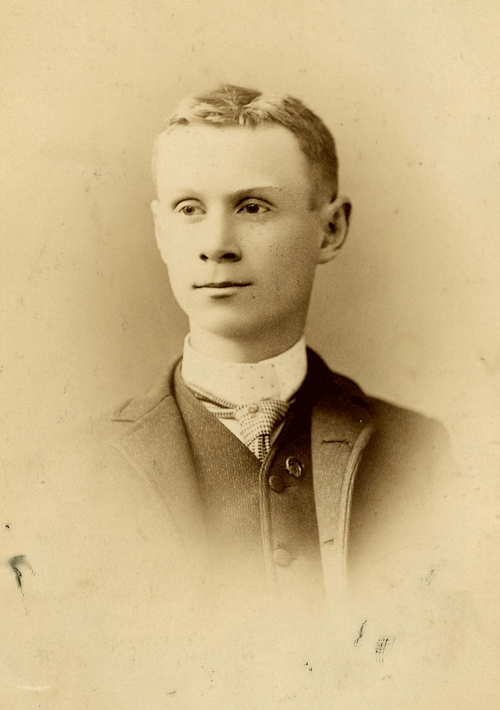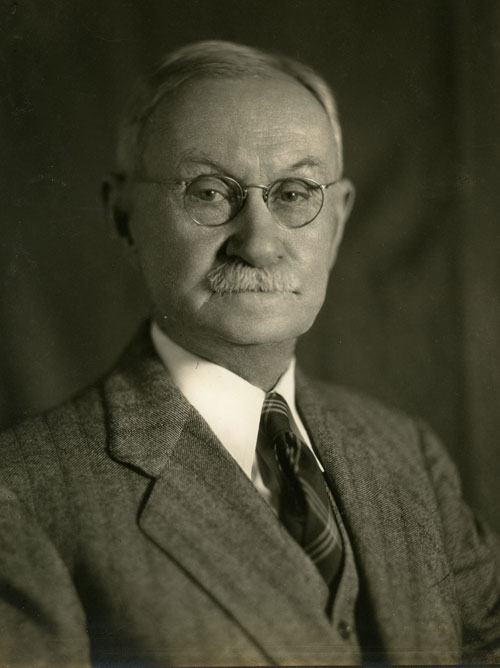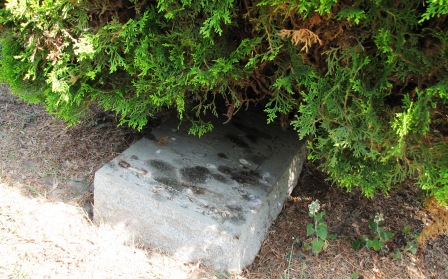After their first child's death they moved from Saint Louis to Chicago. Young engineer Richard became fascinated with the newly started construction of the original huge Ferris Wheel. The project was hoped to be the American reply to the Eiffel Tower in Paris at the time. Richard was hired and became the superintendent engineer of the project. The Ferris Wheel became the 1893's World's Columbian Exposition in Chicago. The wheel was a modest attraction for the following 4 years.
In 1899, Richard was hired by the Robert W. Hunt Company, and international engineering company in Chicago. He and his growing family were sent to Mexico so he could help in a railroad construction project. Richard was consumed by the railroad project in which left him little time to spend with the family.
After Richard completed the railroad project he asked the company for a leave. During his leave he and his wife opened and operated 2 Hotels. He was also interested in exploring the mining industry and also exporting Mahogany to the US.
At the time there was an unrest and growing anger of the poor throughout Mexico. Richard thought that would be best to send his family back to the US and he would stay behind to try to sell the 2 hotels. His wife and children were able to board a cargo ship that took them to Los Angeles. They settled well in Los Angeles but eventually Charlotte lost contact with her husband.
The unrest was The Mexican Revolution of 1910 which was exploding with anger and resentment of the poor and disenfranchised masses, who felt betrayed by their own government.
Charlotte felt there was no other option but to send a letter to The Robert W. Hunt Company. The Hunt Company had enough influence to contact the US government asking them to help find and bring back Richard. Both the company and the government worked together to find Richard at an adobe jail and were able to arrange his release and bring him back to the US. See obit for other details.
About 12 years before his death he had to have some X-rays taken for some reason, and he became blind as a result. His great grand-daughter Karen said her only memory of him was sitting in a tiny room on the second floor. "He was just sitting in the room, blind, and I, deaf, we were unable communicate with each other"
Richard spent the last years of his life in Park Ridge as part of his daughter Julia's household in which consisted of Earl and Julia Mesner and their children John and Barbara Mesner.
After their first child's death they moved from Saint Louis to Chicago. Young engineer Richard became fascinated with the newly started construction of the original huge Ferris Wheel. The project was hoped to be the American reply to the Eiffel Tower in Paris at the time. Richard was hired and became the superintendent engineer of the project. The Ferris Wheel became the 1893's World's Columbian Exposition in Chicago. The wheel was a modest attraction for the following 4 years.
In 1899, Richard was hired by the Robert W. Hunt Company, and international engineering company in Chicago. He and his growing family were sent to Mexico so he could help in a railroad construction project. Richard was consumed by the railroad project in which left him little time to spend with the family.
After Richard completed the railroad project he asked the company for a leave. During his leave he and his wife opened and operated 2 Hotels. He was also interested in exploring the mining industry and also exporting Mahogany to the US.
At the time there was an unrest and growing anger of the poor throughout Mexico. Richard thought that would be best to send his family back to the US and he would stay behind to try to sell the 2 hotels. His wife and children were able to board a cargo ship that took them to Los Angeles. They settled well in Los Angeles but eventually Charlotte lost contact with her husband.
The unrest was The Mexican Revolution of 1910 which was exploding with anger and resentment of the poor and disenfranchised masses, who felt betrayed by their own government.
Charlotte felt there was no other option but to send a letter to The Robert W. Hunt Company. The Hunt Company had enough influence to contact the US government asking them to help find and bring back Richard. Both the company and the government worked together to find Richard at an adobe jail and were able to arrange his release and bring him back to the US. See obit for other details.
About 12 years before his death he had to have some X-rays taken for some reason, and he became blind as a result. His great grand-daughter Karen said her only memory of him was sitting in a tiny room on the second floor. "He was just sitting in the room, blind, and I, deaf, we were unable communicate with each other"
Richard spent the last years of his life in Park Ridge as part of his daughter Julia's household in which consisted of Earl and Julia Mesner and their children John and Barbara Mesner.
Inscription
Father
Gravesite Details
This Headstone is under a large shrub.


















